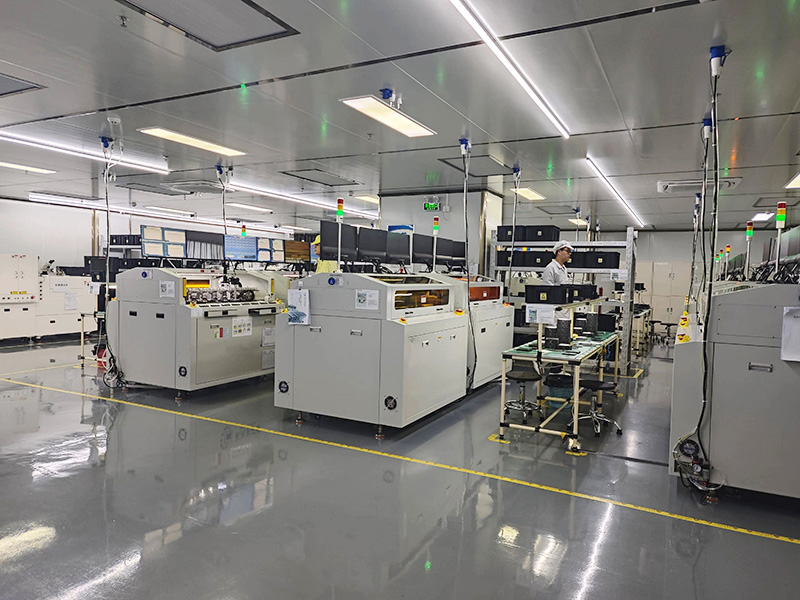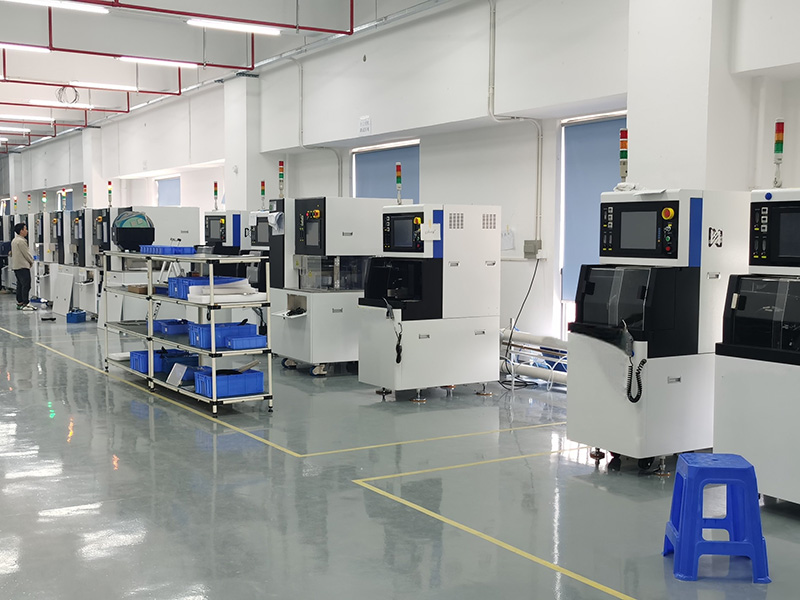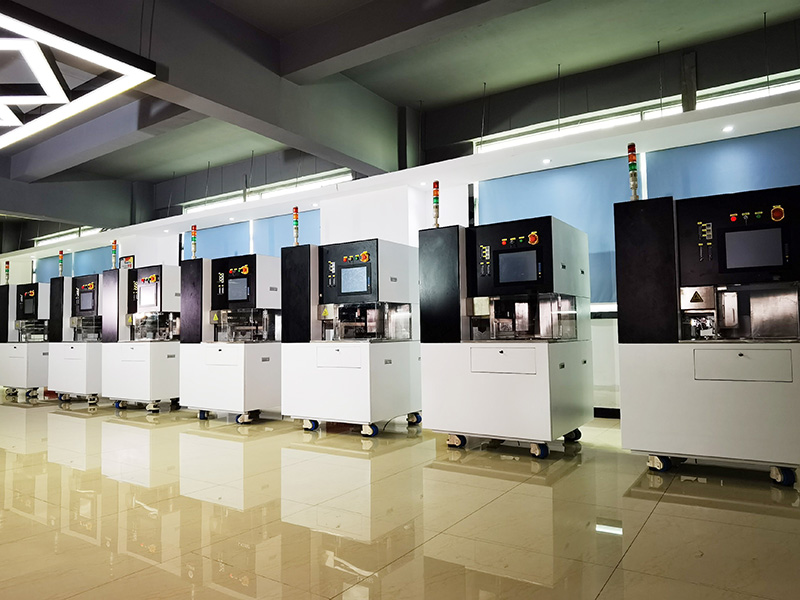La force de l'IA + la substitution domestique : l'équipement intelligent à semi-conducteurs entre dans une période d'explosion technologique

Shanghai, 20 mai 2025 - Lors de la 4e conférence sur l'éco-innovation dans le domaine des semi-conducteurs, les experts de l'industrie ont souligné que l'industrie chinoise des équipements intelligents pour les semi-conducteurs se trouvait face à une opportunité historique. Grâce à l'intégration profonde des grands modèles d'IA et de la technologie de détection industrielle, des entreprises telles que Rilian Technology ont réalisé des percées dans la précision de détection des circuits intégrés grâce à l'équipement de détection intelligent à rayons X, et leur marge bénéficiaire brute pour les activités connexes en 2024 a atteint 46,38%. Parallèlement, Linxin Investment a investi dans plus de 130 projets de semi-conducteurs au cours des dix dernières années et a favorisé l'introduction en bourse de 18 entreprises. Avec l'aide du capital, la vitesse d'itération de la technologie des équipements nationaux a été considérablement améliorée.
Les percées technologiques s'orientent dans trois directions principales
Détection intelligente : Le nouvel équipement à rayons X intègre des algorithmes d'apprentissage profond, et la précision de la reconnaissance des défauts est portée à 99,2%, ce qui convient aux besoins de détection des matériaux semi-conducteurs de troisième génération tels que le carbure de silicium.
Fabrication écologique : Le système de filtration en plusieurs étapes pour le broyage des déchets liquides atteint un taux d'élimination des impuretés de 99,71 TTP3, et la consommation d'énergie par unité de capacité de production est réduite de 401 TTP3 par rapport à 2020.
Autonomie et contrôlabilité : La précision de positionnement de la double table de travail de la machine de lithographie nationale atteint 0,8 nm, et le taux de localisation de l'équipement clé pour le processus 28 nm dépasse 65%.
Les données de SEMI montrent que le marché chinois des équipements pour semi-conducteurs devrait atteindre 230 milliards de yuans en 2025, le taux de croissance des équipements de détection intelligents dépassant de 5 points de pourcentage la moyenne de l'industrie. Les usines de plaques de silicium telles que SMIC ont accéléré l'introduction d'équipements nationaux, ce qui a conduit les commandes d'entreprises telles que North Huachuang et Shengmei Shanghai à augmenter de plus de 50% d'une année sur l'autre. Les analystes estiment qu'avec l'envolée de la demande de puces AIoT et automobiles, les équipements intelligents à semi-conducteurs évolueront dans le sens d'une "collaboration end-cloud", et le taux de pénétration mondial des équipements intelligents devrait dépasser 42% en 2026.


